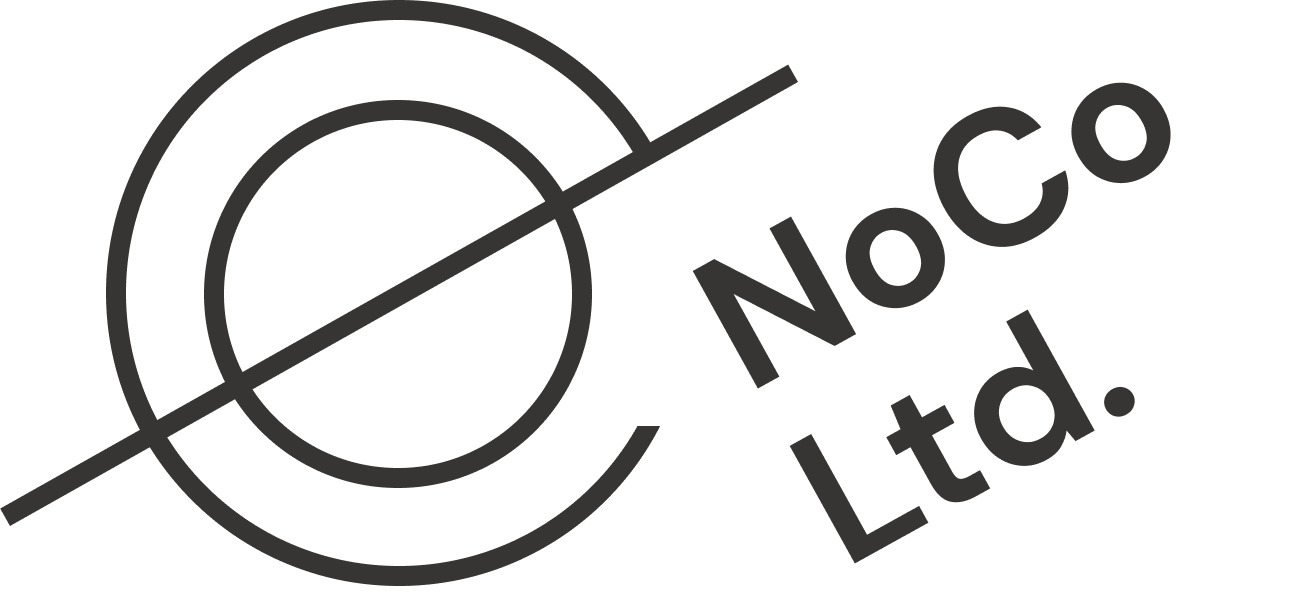Producers are the spark that ignite the work and keep the business fire burning.
THE DATA
We surveyed hundreds of Producers and leaders across the industry. The data support the need for an integrated and empowered discipline.

THE CASE FOR INTEGRATION
Clients want strategic thought-partners.
To be competitive in today’s market, as AORs and retainers become less relevant engagement models, clients expect agencies to show up as strategic thought partners.
Separate roles creates competing incentives.
You end up with a game of telephone between the client and team when you don’t have one person who is integrating the client and team with the work.
Staffing two roles eats into profit margins.
It’s a major drag on fees and is harder and harder to justify in this competitive landscape, particularly as AI is innovating project management.
Integration gives you business intelligence.
Having someone with their finger on the pulse of accounts and projects is the best source for critical business intelligence (as opposed to disconnected and error-ridden sources like timesheets).
AN ENTIRE CAREER ARC
The NoCo Producer Career Ladder
COMPREHENSIVE SKILLS AT EVERY LEVEL
A single reference point for all required competencies at every level of the Producer career arc, from junior to executive, vetted by industry leaders across multiple agency types. This resource is designed to be useful to everyone—from individuals navigating their own career to agency leaders managing hundreds of practitioners.
THE PRODUCER MODEL
Producers need to be the center of the modern model of client services. The Producer role should be truly integrated, strategically connecting client partnership methods to the delivery of the work, leadership of teams, and source of business intelligence.
GET EXPERT HELP
Enable this proven model at your agency.
Team, discipline & org design: Drill-down instructional manual for the diagram & blueprint
Executive leadership training: Properly integrate this discipline into the organization, accounts, and projects (including business intelligence)
Change management process: Communications playbook and scripts, cross-disciplinary orientation, and project rituals to reset roles & responsibilities
Career management framework: Implementation guide for adapting and integrating a skills matrix, as well as evaluating, teaching, and reviewing skills (includes systems, rituals, and critical documentation)
Hiring & leveling: Process for hiring the right people into the right levels
Discipline playbook: Ensure continuous growth with an included Learning & Development Program
Agencies need to stop trying to get different outcomes with the same practices, especially because we can change the game altogether. A big game changer: The Producer Model, which makes incredible business impact. But how exactly?
Producers are integral to the specific achievements of projects and businesses… and, if you don’t already know that, your creative work and business goals are going to be much harder to achieve.
Building the Integrated Producer Model
It’s not enough to know why the Producer role is important and what it should look like. Here are 6 steps to implement a model that will transform and sustain your agency.











